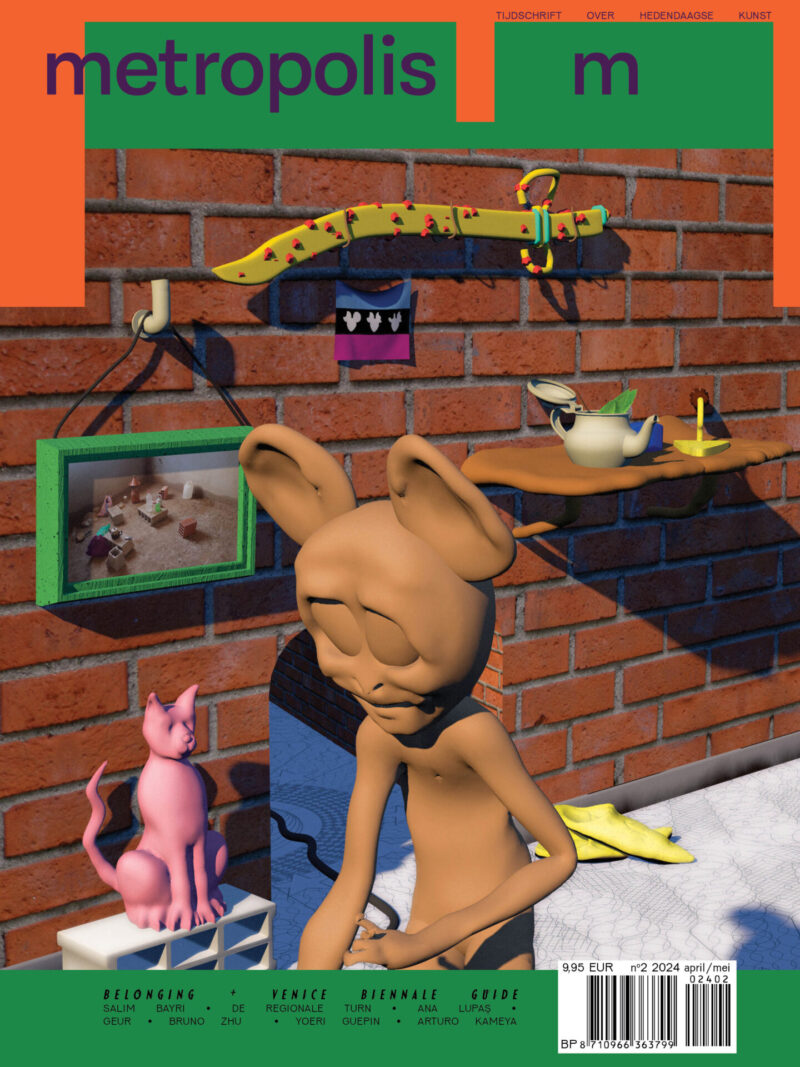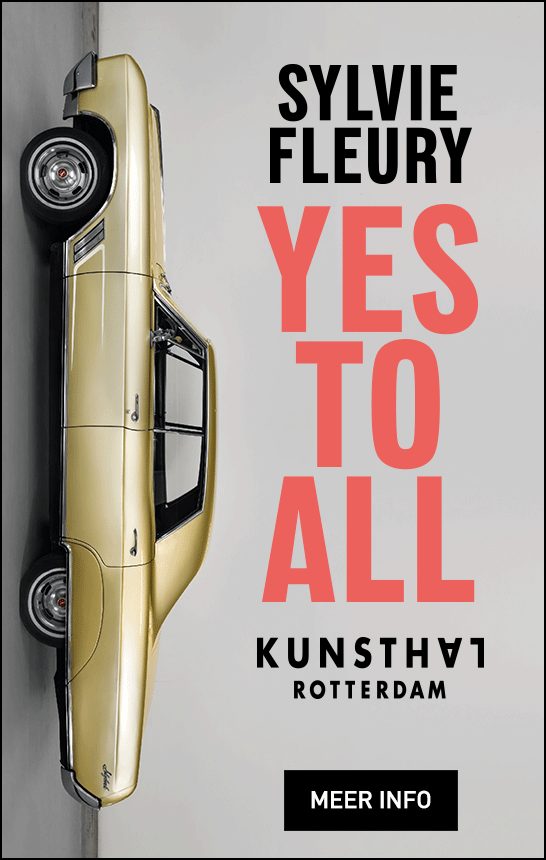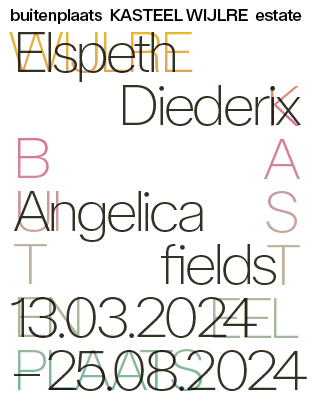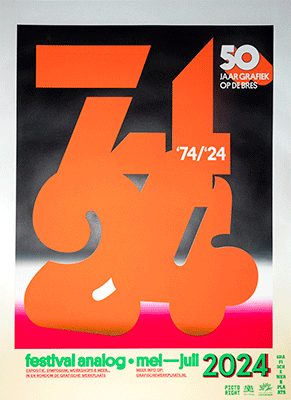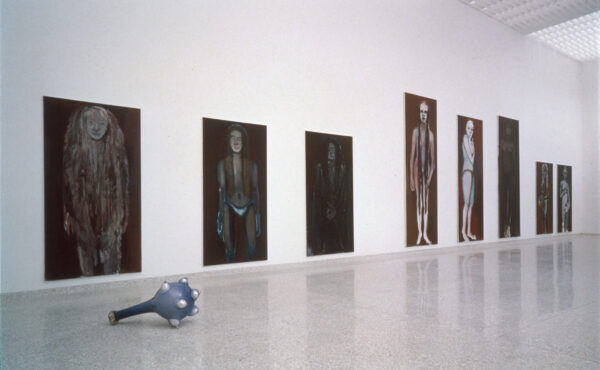
Matthew Darbyshire IP

A meeting at his studio or at a shopping mall might have been more fitting. Instead, Matthew Darbyshire and I meet on the hallowed precincts of London’s Slade School where he studied under influential British sculptor Phyllida Barlow and where he now teaches sculpture himself. We poke our heads into some of the workshops and studio spaces of this well-worn and loved building; hardly anyone appears to be using them. (Admittedly, it’s only mid-morning.) Darbyshire tells me that, in his student days, he would sneak in through a pit before the opening hours so as to have longer to work.
Driven by a strong work ethic, Darbyshire’s practice is nothing if not labour-intensive. Having been trained at traditional art colleges where one learns such skills as bronze casting, woodwork and plasterwork, his work has always been led by the making processes, at least to begin with. At the moment, he feels it’s becoming too cerebral, too much like the work of a designer, and he’s attempting to reconcile the making and the thinking. His time is divided between what he refers to as his ‘clean days’, when he is at his students’ disposal or talking to people like this, and ‘hands-on’ days spent in his studio out in Rochester, Kent, wearing overalls and knee-caps, and trying to produce objects with his two assistants amid fumes of resins and toxic glues, MDF dust and methylated spirits. While he can see why a lot of artists would not wish to do any of this, his own studio is remarkably well-equipped so as to enable him to do a lot of the production work himself rather than outsourcing it.
That’s not to say that the artist makes everything himself. He will happily appropriate readymade objects if he can afford to do so and if it can save him time. (Talking to Darbyshire is a lesson in the economics of art making or the art of making ends meet.) But he is also very particular about the objects in question, which is why he thinks it helps to have the facilities and skills to be able to make things. Though many of the objects that come out of his studio and feature in his installations look appropriated, manufactured or mass-produced, they have in fact been subjected to endless altering, tweaking and fine-tuning to achieve the finish, colour and size that he is after to make them work on a sculptural level. ‘People often perceive the work as being as cold and soulless as the references it’s making,’ said Darbyshire, ‘when, actually, the amount of time I spend erasing fingerprints is probably far longer than most people spend applying them.’
Darbyshire is one of 25 or so artists who have been commissioned to create new work for the Call of the Mall exhibition at Utrecht’s Hoog Catharijne, to mark the fortieth anniversary of the largest shopping mall in the Netherlands – at least in terms of its footfall. A late modernist building that has seen better days, the mall is currently undergoing a major redevelopment. Call of the Mall brings together an impressive line-up of international artists (Wilfredo Prieto, Pilvi Tikala and Michael Landy, among them) in a bid to orchestrate a ‘non-shopping experience’ for visitors. The project appears tailor-made for Darbyshire, given that the bulk of his installation- and object-based work to date – from the Funhouse (2009) at the Hayward Gallery Project Space to Everything Everywhere: A Ticketing Experience for Frieze Art Fair 2010 and An Exhibition for Modern Living (2010) at the British Art Show – critically engages with consumerist culture. But in exposing themselves to the artist’s scrutiny, Cório, the company that owns the mall, may have got more than they had bargained for.
Titled IP, a play on corporate terminology with its emphasis on ‘intellectual property’, Darbyshire’s deliberately unspectacular contribution to Call of the Mall is an arrangement of nine objects of roughly the same scale, placed on low, chameleonic plinths matching the marble of the floor beneath. (While he was putting together the proposal for IP, Darbyshire was also elaborating one for the prestigious Fourth Plinth commission in Trafalgar Square.) These form a 3 x 3 grid, a magic square of sorts that calls to mind interactive chess boards of the kind you find in public parks and squares, except that the last thing they call for is interaction. Darbyshire, who is of the belief that art should be looked at and thought about, does not encourage any other kind of engagement with his work. Just because something is an artwork doesn’t mean you should be able to crawl all over it, as he eloquently puts it.
For the artist, the nine objects – which include an ice-cream cone, a dog cage, an egg chair, a Singer sewing machine, a giant plant pot, a terracotta warrior – relate to the past, the present and the future of the mall. In the course of two visits of several days, during which he immersed himself in an environment that most people would not find stimulating at all, Darbyshire had amassed some 500 photographs of objects that were of interest to him, which he then whittled down to the nine things that for him epitomized ‘this whole conversation about the history of the mall, the current predicament and the future prospect.’ Each object has its own grim story to tell. (Darbyshire is not an optimist.) The ice-cream cone, which he found in a rather undersubscribed café run by an old couple that has been there from the start, is thus about the simplicity before everything became personalized and about pseudo-choices that amount to no choice: it’s all the same preservatives. The giant pots dotted around the mall, one of which will be co-opted as the centerpiece of the square, speak of the Disneyfication, the allegedly fun aspect of architecture which effectively amounts to infantilising the public.
Some of the objects are additionally conjoined with or straddled by life-size mannequins in different yoga positions, disrupting the formal unity of the grid. For Darbyshire, the formal grid reflects Hoog Catherijne’s modernist architectural layout, whereas the mannequins represent ‘the postmodern scrambling of the grid’ or today’s somewhat eccentric take on modernism with its emphasis on asymmetrical forms and parametric design. But he is also weary of the whole yoga phenomenon, and the four plain-faced, droid-like mannequins to him epitomize the self-indulgent obsessing with body, mind and soul at the expense of the community. Made in Hong Kong, the yoga mannequins, one of which he noticed in a shop window, are proving quite hard to get hold of. ‘It feels like I’m making them,’ Darbyshire tells me, shortly after taking a call from Hong Kong. ‘It’s been three months of conversations. There’s as much work in trying to source these mannequins as there is in actually making them.’
A Dutch translation of this text was published in Metropolis M No 3-2013
Agnieszka Gratza
